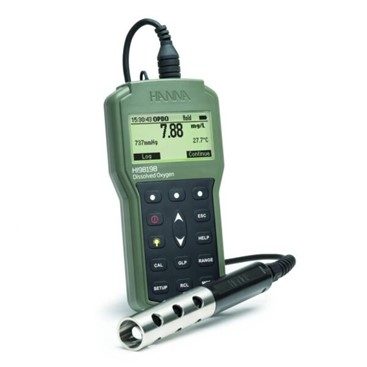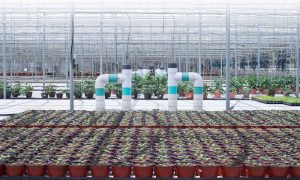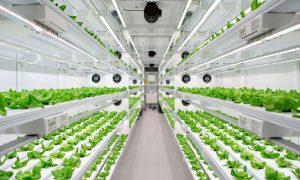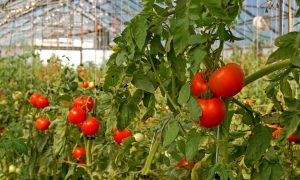Dissolved oxygen (DO)
In water is a critical parameter in indoor plant production of any type. Most of the growers are aware of importance of pH and nutrient concentration, but dissolved oxygen content of a hydroponic system’s nutrient solution is just as important. Production in which the roots are directly in contact with water is highly dependent on dispositional oxygen.
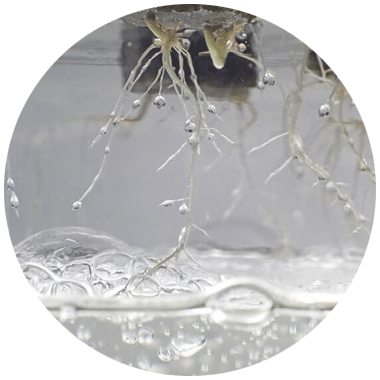
Plants need oxygen to survive, and plant cells are constantly using oxygen. Oxygen, for plants, is essential because it makes the process of respiration more efficient (known as aerobic respiration).
Plant cells are respiring constantly. When leaves are illuminated, plants generate their own oxygen. But, during times when they can’t access light, let’s say at night; most plants respire more than they photosynthesize, so they take in more oxygen than they produce.
Roots, seeds, and other parts of plants that don’t photosynthesize also need to consume oxygen. This is part of the reason plant roots can “drown” in waterlogged soil.
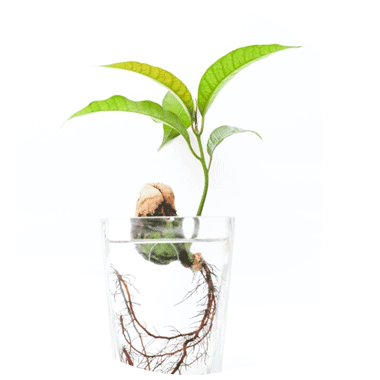
So, what is exactly Dissolved Oxygen?
Dissolved oxygen refers to the level of free, non-compound oxygen present in water or other liquids. It is an important parameter in assessing water quality because of its influence on the organisms living within a body of water. Non-compound oxygen, or free oxygen (O2), is oxygen that is not bonded to any other element. Dissolved oxygen is the presence of these free O2 molecules within water. The bonded oxygen molecule in water (H2O) is in a compound and does not count toward dissolved oxygen levels. You can try to imagine that this free oxygen molecules dissolve in water in the same principle of the way salt or sugar does when it is stirred.
At levels around 5 mg/l of dissolved oxygen, irrigation water is typically considered marginally acceptable for plant health. … If there’s a severe lack of DO, below around 0.5 mg/l, the water is anoxic. No plants or animals can survive in anoxic conditions.
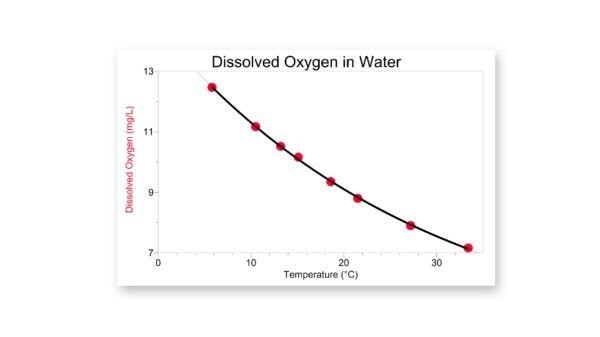
What Affects Dissolved Oxygen?
- Pressure – Atmospheric and Hydrostatic
- Temperature
- Salinity
- Humidity
Dissolved Oxygen in Hydroponic Nutrient Solutions

Oxygen is essential for the development of a healthy root system, both for aerobic respiration of the roots and to support a community of beneficial aerobic bacteria in the root zone.
In order to understand better the significance of D.O. optimization we have to understand the Nitrogen cycle. Nitrogen is one of the key nutrients for healthy plant development but plants can take up only two forms of nitrogen: nitrate (NO3-) and ammonium (NH4+). Under the below-optimum conditions (too low D.O., low pH ) this process can easily turn the balance into by-production of nitrites (NO2-). Nitrites are not very welcome considering that they can cause plant toxicity and therefore inhibit the growth.
Insufficient oxygen levels in the root zone will cause less developed roots, limited nutrient absorption, and an increased population of undesirable bacteria and fungi, all of which result in plant stress.
Hydroponic systems can be built and projected in multiple ways; in the types of systems where the roots are submerged, aeration of the nutrient solution is essential to ensure healthy root development.
Dissolved oxygen (DO) levels of 5 mg/L and above are recommended, as levels below this are detrimental and possibly fatal to plants.
However, a DO concentration of 5 mg/L is difficult to maintain in greenhouse environments. As the temperature of water increases, the solubility of oxygen decreases. The elevated temperatures in greenhouses result in low DO solubility, as well as higher root respiration and oxygen consumption.
How can we measure dissolved oxygen, or shortly D.O.?
Process control
Portable meters
Process control
HANNA offers a wide selection of process equipment that can be used for industrial monitoring, dosing control, easy management & connection with 0-20 mA or 4-20 mA analog output
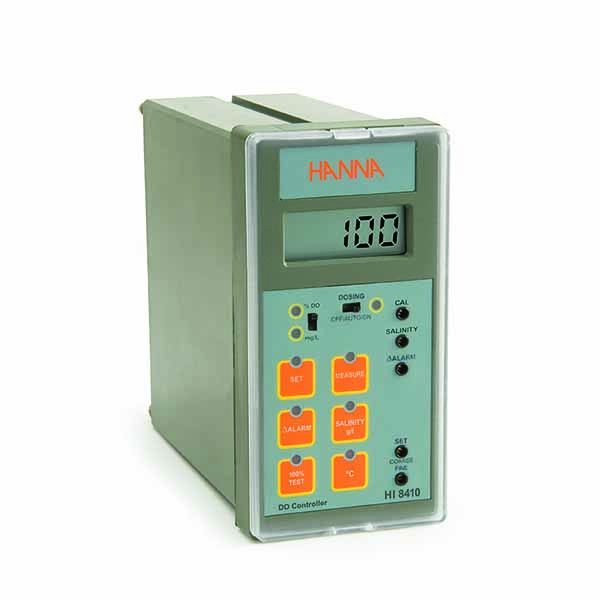
The HI8410 is a panel mounted dissolved oxygen controller that is used to maintain and monitor the concentration of DO in a wide range of industrial process applications. The HI8410 uses a Galvanic probe that typically requires less maintenance than a Polarographic style making it ideal for long term monitoring.
- Fail Safe Alarm System protects these meters against the pitfalls of process control.
- Low maintenance Galvanic probe.
The DO probe HI 76410/10 is provided with a membrane covering the galvanic sensor and a built-in thermistor for temperature measurement and compensation.
The Oxygen that passes through the membrane causes an electric current flow, from which the oxygen concentration is determined.
Other features include:
- recorder output in 0-20 mA or 4-20 mA configuration;
- LED indicators which identify whether the controller is in operation mode or setup selection mode;
- overtime control function;
- hysteresis setting.
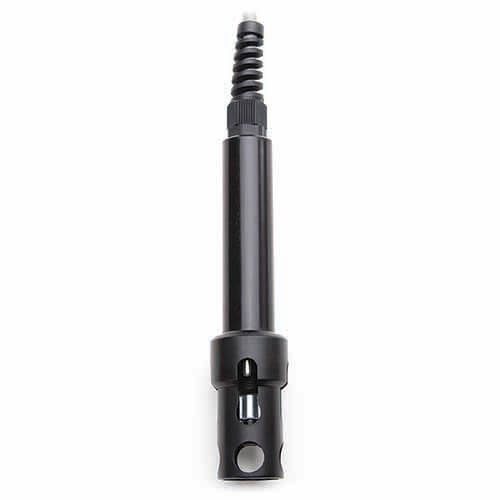
Portable DO Meters
Portable meters provide the versatility to bring the meter to the sample. Hanna Instruments offers portable meters with the features and performance of a benchtop.
Save youself from hassle; go optical!
This professional, waterproof meter complies with IP67 standards and measures:
- DO
- barometric
- pressure
- BOD
- temperature
The HI98198 is supplied complete with all accessories including probe, smartcap sensor with built in RFID, and a rugged carrying case.
Advantages: HI98198 Dissolved Oxygen Meter has many advantages over other Galvanic and Polarographic Dissolved Oxygen Meters.
This meter uses HI764113 Rugged Optical Dissolved Oxygen Probe for Dissolved Oxygen measurement which has following benefits:
- No membranes
- No electrolytes
- No oxygen consumption
- No flow dependence or minimum flow rate
- Fast and stable readings
- Minimal maintenance
How to make multiple measurements at once?
HANNA meters
Functional and accurate, this meter is capable of testing 12 different water quality parameters using pH, EC, and optical DO sensors. Transfer data to a smart device for review or sharing with the integrated Bluetooth connection and Hanna Lab App.
- Waterproof ( meter rated IP67, probe rated IP68)
- Automatic interval logging of up to 45,000 samples or log-on-demand
- Perfect for environmental and industrial professionals.
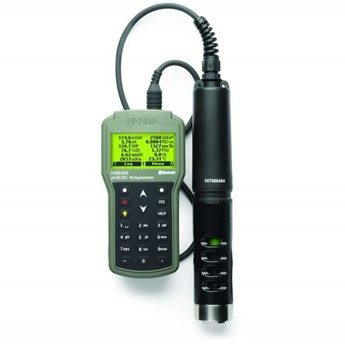
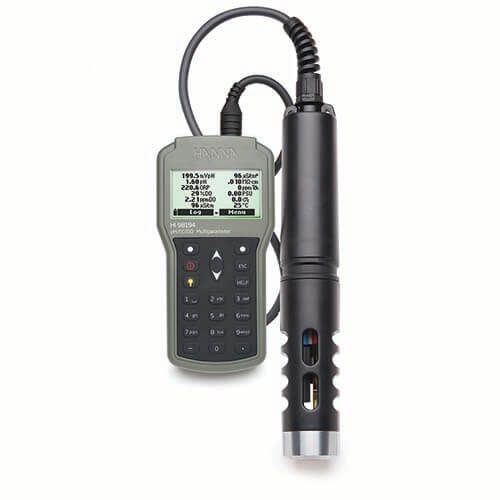
The HI98194 monitors up to 12 different water quality parameters including 6 measured and 6 calculated. The microprocessor based multi-sensor probe allows for the measurement of key parameters including:
- pH
- ORP
- EC conductivity
- dissolved oxygen
- temperature
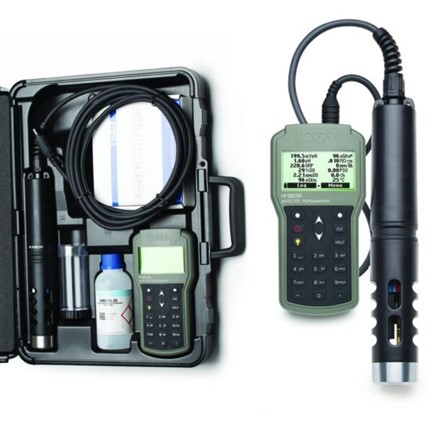
- 12 Parameter Dot Matrix Display
- Multi-sensor Probe
- Quick Calibration
The HI9829 monitors up to 14 different water quality parameters. The microprocessor based multi-sensor probe allows for the measurement of key parameters including:
- pH
- ORP
- EC conductivity
- dissolved oxygen
- turbidity
- ammonium
- chloride
- nitrate
- temperature

The probe transmits readings digitally with options to log data while disconnected from the meter.
An optional GPS provides location tracking of measurements. The complete system is simple to setup and easy to use. The HI9829 is highly customizable and supplied with all necessary accessories, packaged in a durable carrying case.
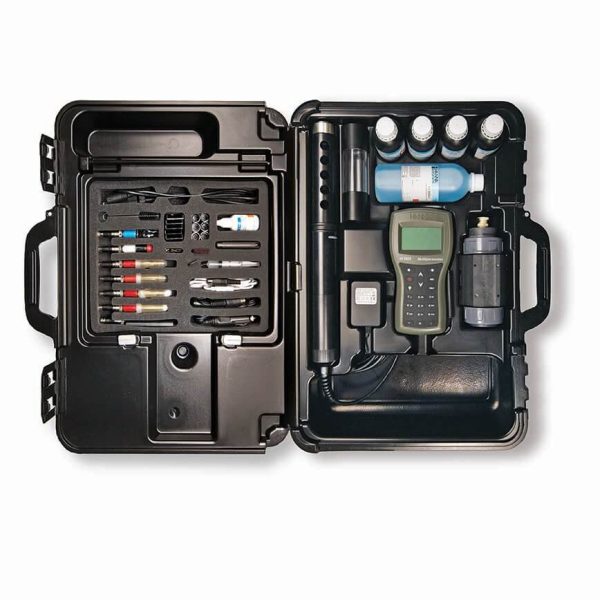
Author: Nives Vinceković Budor, dipl.kem.ing.

